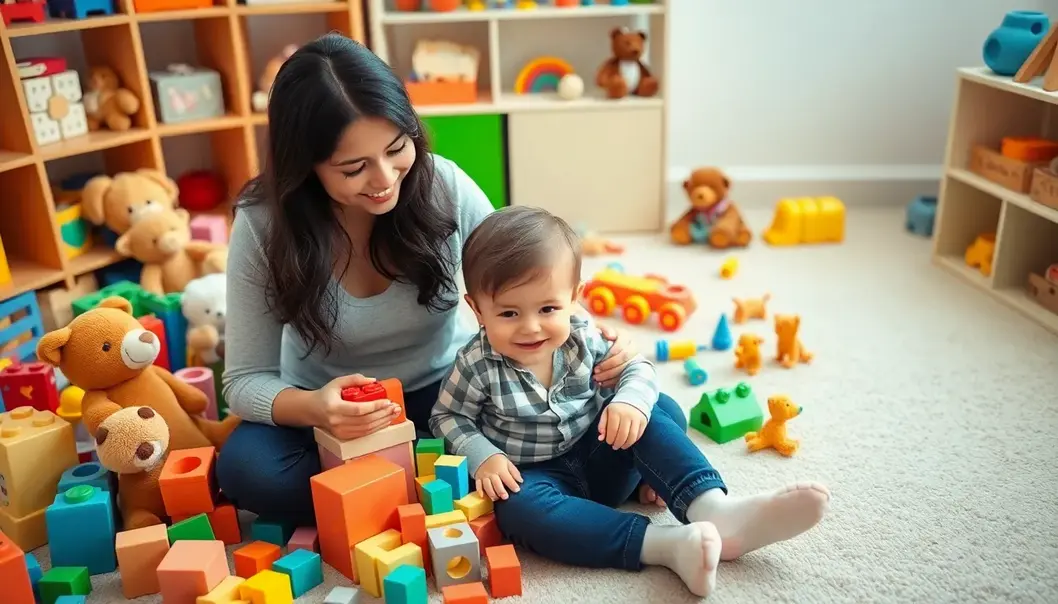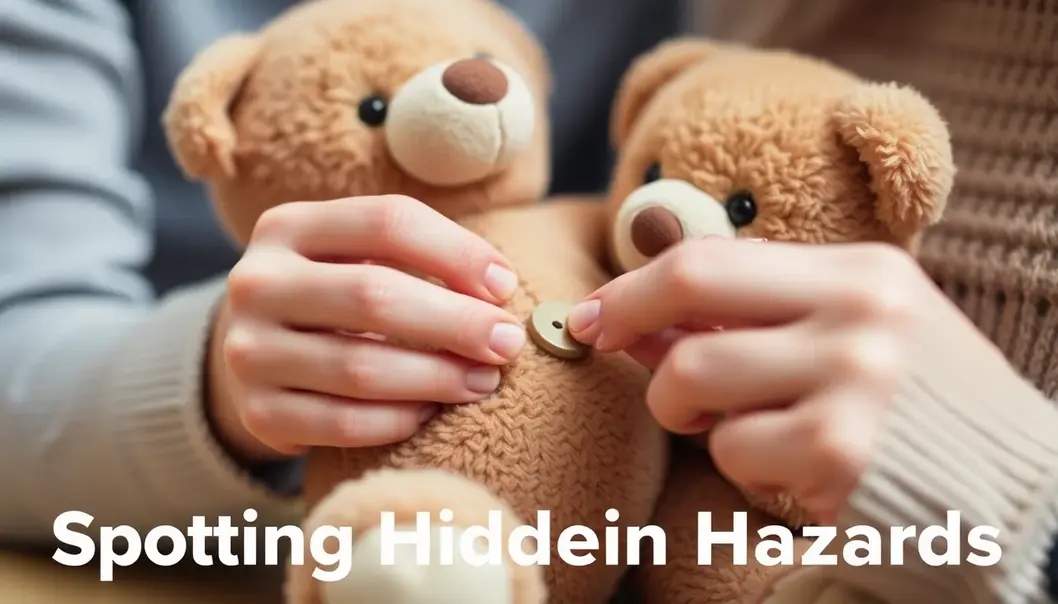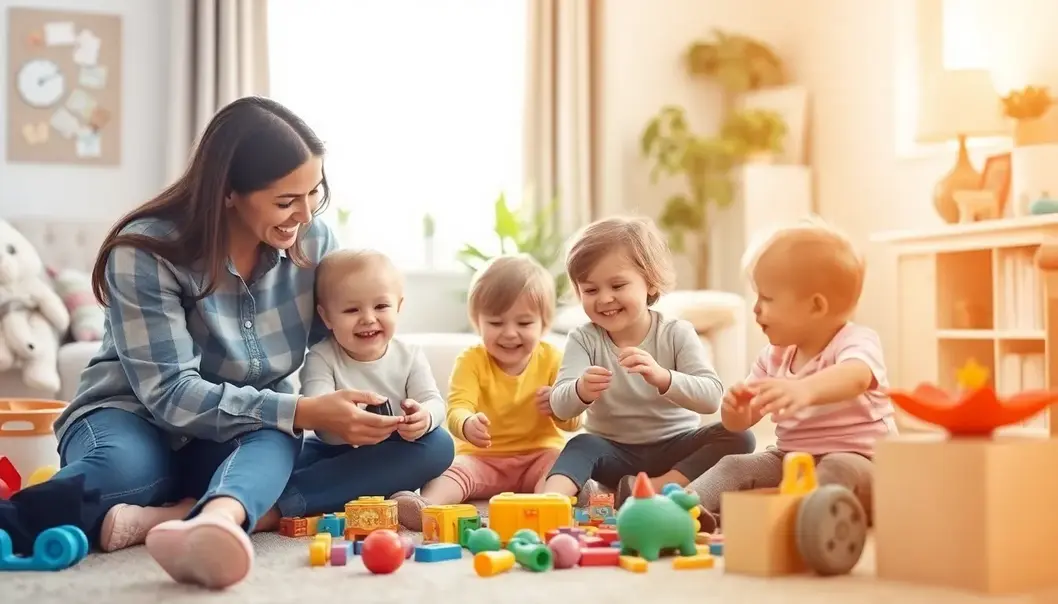Navigating the world of toys can be both exciting and daunting for parents, especially when it comes to their safety. Petite parents, often juggling numerous responsibilities, require practical guidance to set their minds at ease. Knowing which toys are safe and appropriate for various stages of growth can help prevent potential hazards and ensure a joyful playtime for your precious little ones. By focusing on essential toy safety tips, you’ll be well-prepared to make informed choices that promise not only fun but also peace of mind. Let’s explore some key strategies to ensure your child’s toys remain a source of joy and security.
Choosing Age-Appropriate Toys

Selecting toys that match your child’s age and developmental stage is crucial for ensuring both safety and engagement. Children grow rapidly, gaining new skills and abilities as they progress through different stages. Consequently, toys should evolve to match these changes, offering challenges and stimulation appropriate to their new capabilities.
Infants, for instance, benefit from toys that promote sensory exploration. Look for toys made from soft, non-toxic materials with bright colors and varied textures to capture their attention. These toys should be large enough to avoid choking hazards—anything smaller than a baby’s fist poses a significant risk. Tactile toys such as rattles or soft cloth books enhance motor skills without sharp edges or detachable small parts.
As children enter the toddler years, their curiosity and mobility increase. At this stage, secure design features are paramount. Opt for sturdy toys that can withstand rough play. Blocks and stacking toys made from durable materials can aid in developing coordination and problem-solving skills. Make sure to check for any loose or fragile parts that could break off and pose a risk.
Preschoolers, with their growing independence and imagination, are well-suited to toys that encourage role-play and creativity. Choose playsets or costumes that spark their imagination but ensure they are free from small parts and sharp edges. Look for non-toxic paints and finishes on these toys to avoid chemical exposure.
For school-aged children, toys can become more complex, aligning with their cognitive and physical advancements. Board games, construction sets, and science kits can be both educational and fun. It’s vital to continue to check age recommendations on packaging to ensure the toy’s complexity matches the child’s developmental stage.
Common hazards to watch out for when choosing toys include small detachable parts, sharp-edged toys, and toxic materials. An easy way to assess toys’ safety is by rigorously following age recommendations and performing regular checks for wear and tear. Moreover, always buy from reputable manufacturers who adhere to safety standards.
Aware of these considerations, parents can foster a safe and fun toy environment for their children. As you learn more about spotting hidden hazards, remember that continual vigilance and informed choices are key to ensuring toys remain a source of joy and development for your child.
Spotting Hidden Hazards

Toys are essential in a child’s development, yet they can pose hidden dangers if not carefully examined. Spotting these hazards requires a vigilant approach, ensuring safety does not take a backseat to fun. Let’s dive into how you can effectively identify and mitigate potential risks in your child’s toys.
The first step in identifying hidden hazards is a thorough examination of the toy. Look for loose parts that could detach and become choking hazards. Small parts are especially dangerous for younger children, recognizable by being small enough to fit through a standard toilet paper roll. This simple test can prevent a possible emergency, safeguarding your child’s playtime.
Next, consider the materials from which toys are made. It’s vital to ensure they’re composed of non-toxic substances. Plastics should be BPA-free, and painted toys should use lead-free paint to eliminate exposure to harmful chemicals. Many toys carry safety certifications indicating they have passed rigorous testing, but don’t hesitate to verify these claims by consulting reliable sources.
Durability is another crucial factor. Toys should withstand the dynamic play habits of children without easily breaking apart or shedding parts. Sturdy construction not only ensures longevity but also enhances safety, preventing small parts from becoming separate hazards over time. Regularly inspecting toys for any signs of wear or damage, such as cracks or loose seams, will help maintain their integrity—and your child’s safety.
Maintenance plays a vital role in preventing hidden dangers. Routine cleaning prevents the buildup of dirt and bacteria, especially for toys frequently handled or placed in mouths. Be sure to follow manufacturer instructions for cleaning, ensuring that you’re not compromising any safety features through improper care.
Understanding the nuances of safe play is essential. By attentively choosing toys made from non-toxic, durable materials and committing to regular inspections and maintenance, you can create a safer, more secure environment for your child’s exploration and play. While there may not be a one-size-fits-all approach, these practices form a crucial part of responsible toy management for any petite parent looking to foster a secure and joyous playtime.
Final words
With a few mindful practices, toy safety becomes second nature, ensuring that playtime is both fun and secure for your children. By choosing age-appropriate toys and vigilantly checking for hidden hazards, petite parents can create a safe and happy environment that nurtures growth and exploration. Your proactive approach not only safeguards your child’s well-being but also enhances their play experiences, giving you the comfort and confidence you need as a parent.
Discover more ways to ensure your child’s playtime is safe and joyful by visiting our comprehensive guide.
Learn more: https://www.safetoytips.com
About us
Safety Toy Tips provides expert guidance for parents, focusing on safe play and developmentally appropriate toys to ensure your child’s joyful and secure playtime.

